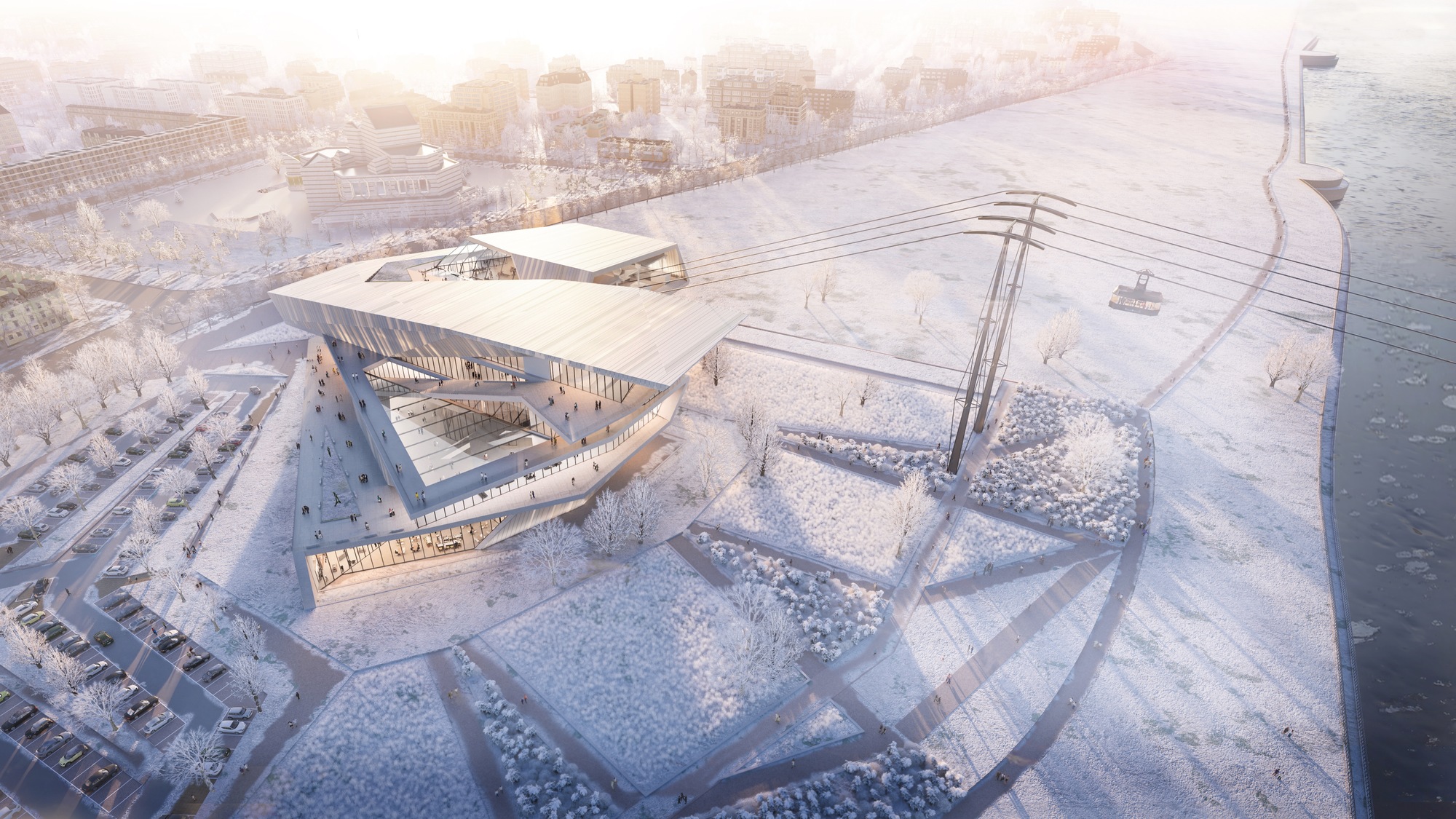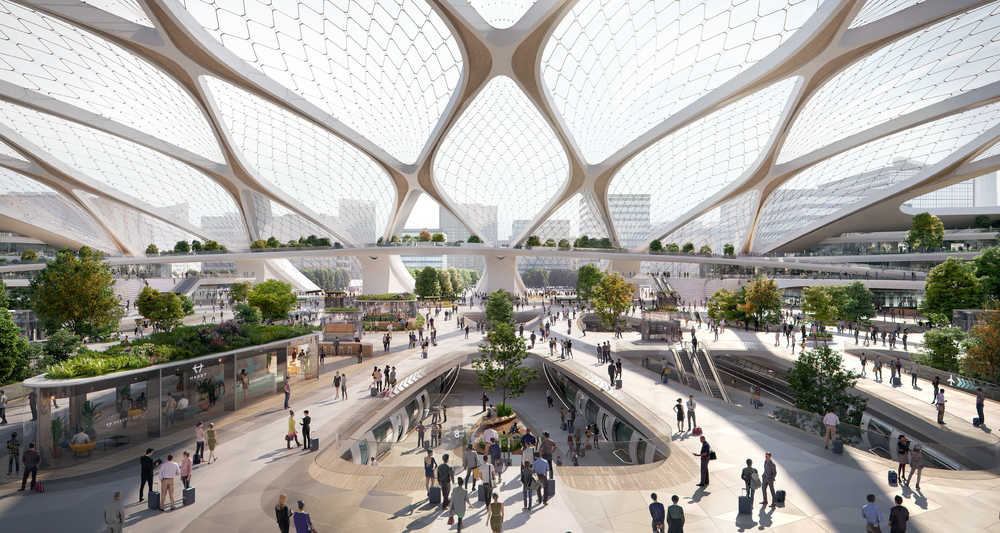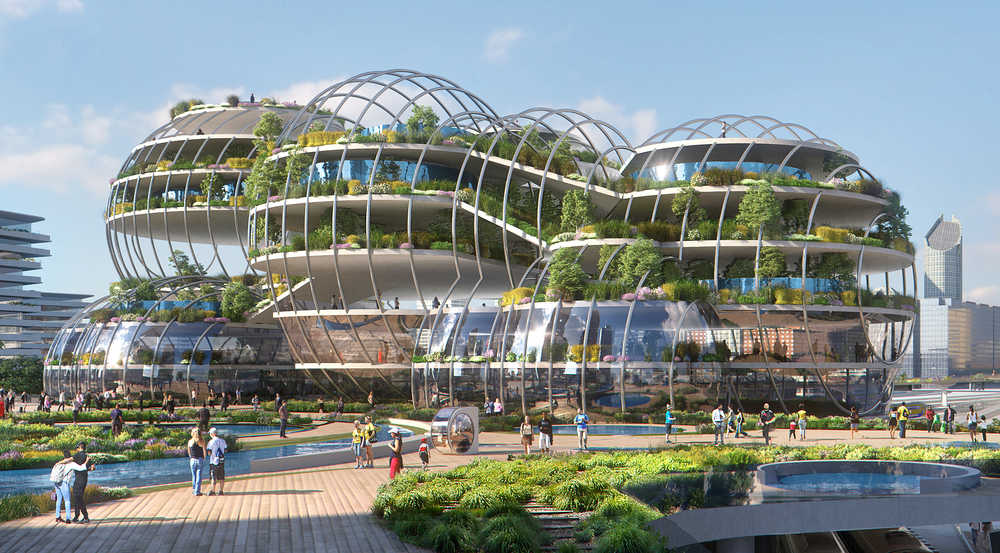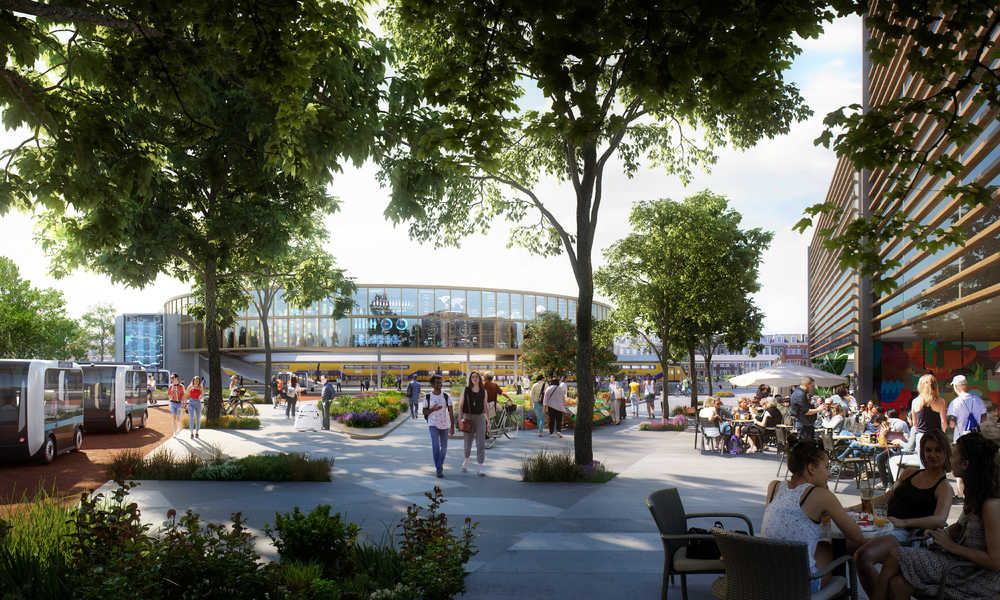By Ben van Berkel
Founder & Principal Architect of UNStudio
Founder of UNSense
At the end of each year, at UNStudio and UNSense, we take time to look backwards and forwards. Especially at the turn of the decade, it is tempting to look back across what we have achieved together as a United Network. Needless to say – I am extremely proud of 10 years of incredible work. But at this pivotal moment in our history, with a succession of tipping points linked to a changing political landscape, a turbulent environment, technological revelations and social defiance, I feel that we cannot afford to do so extensively. Although important to recognize success, we should not humor ourselves too much by looking to the comfortable past, nor should we be afraid of catching glimpses of future scenarios that are constantly in flux. This is a time of emergency. We must look to the future, and attempt to determine together what will emerge from this emergency.
For us, at UNStudio and UNSense, our vision for the future is human and resilient. It is human and resilient because it is also female. By female I not only mean in terms of diversity within the architectural profession, as well as within the services and processes that are linked to the built environment; the the whole mindset of architecture will gravitate away from the patriarchal.
Architecture is a male dominated field, and everything around architecture is also male dominated. Looking towards the future, this will change, and it is already doing so. This change must be seen as a good thing because it is a stronger foundation for a future-proof world. This is a mindset that is more inclusive, diverse and intersectional, it is future-focused, relevant, and purposeful, and it is - importantly - brighter. It will help us to cohabit the same spaces.
For me, this new mindset is important because the agenda of the architect has never been clearer. We have a responsibility and a purpose to design a world where we can sustain a high quality of living, create connections through mobility, encourage communities to be healthier together while cultivating the natural environment. We can achieve these ambitions by bringing each element closer together. Along with this, beyond adding solar panels or promising to deliver carbon neutral buildings, the service of architecture must adapt to accommodate the circular economy: a system where there is no waste, because it is also recognized as a resource. To do this, we must look to technology as a tool that can help us achieve this multilayered ambition.
This combination of ambitions is beyond any singular ambition that we have undertaken before, because it also means that the output of architecture will change. We must anticipate that our output will be different, and we must embrace it. Looking back across history, there are beautiful examples of radical changes in architecture that coincide with these tipping points in political history. Now, at this moment, we must recognize that there is a powerful momentum that gives architects and designers the agency to go out and to solve problems. And so, in the 20's, we need to remain as positive as we have always been, with strong ambitions that are flexible. We need to stay passionate, open-minded and forward looking, innovative and optimistic.




